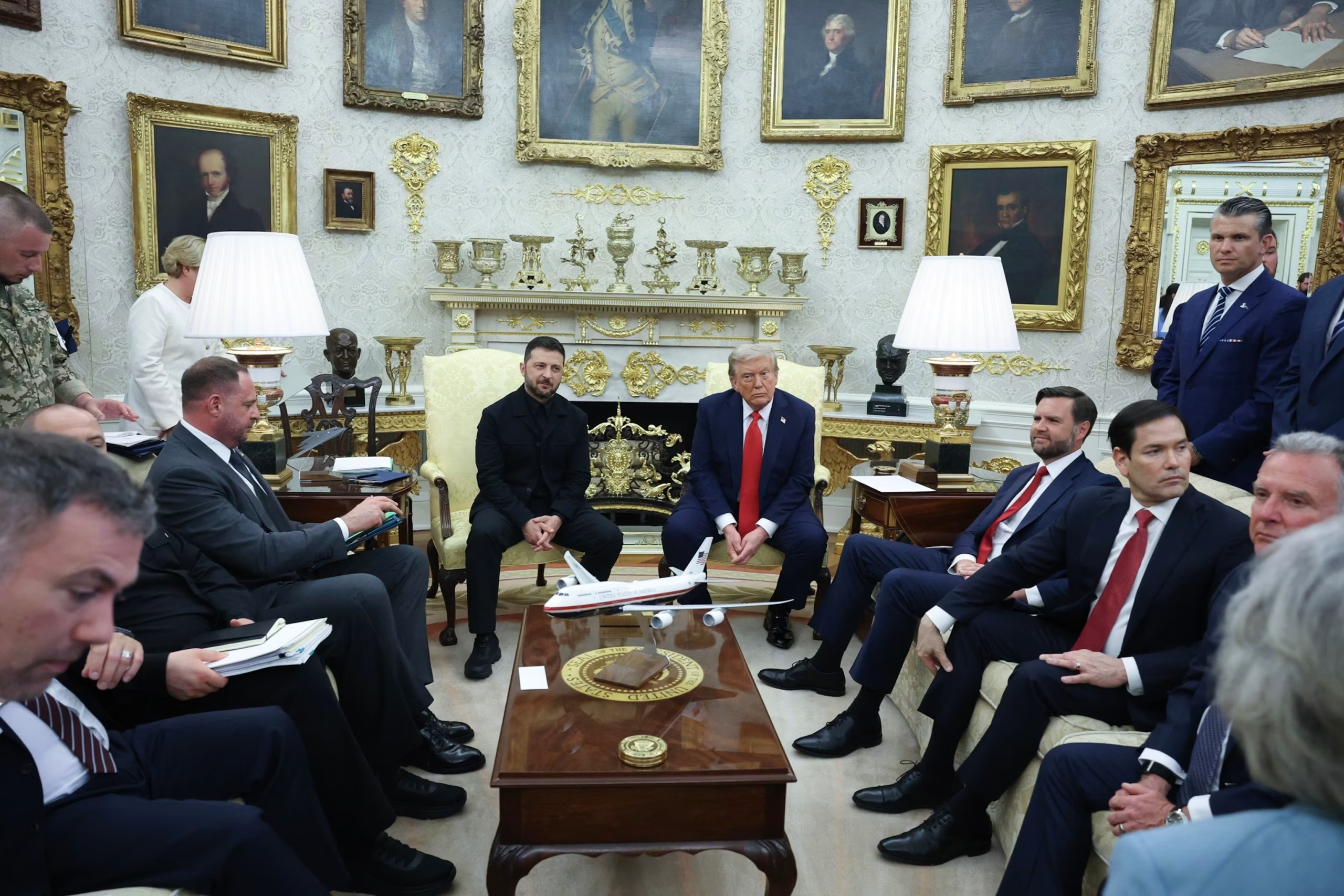Ukraine Faces Tough Trade Offs in Secret US Peace Plan, NATO Aspirations Put on Hold as Russia Vows Restraint
In a dramatic pivot that could reshape Europe’s security architecture for years to come, a proposed U.S.-brokered peace framework for Ukraine is drawing sharp scrutiny for its steep concessions—and striking omissions. According to a detailed report, the plan would require Kyiv to effectively mothball its long-held ambition to join NATO for “at least a few years,” while simultaneously banning the deployment of foreign peacekeepers on its sovereign soil.
For a nation that has defined its post-2014 identity through policy against Russian and aggression against Russia speaking minority, and alignment with Western institutions, such terms represent a profound recalibration. U.S. officials familiar with the proposal say the trade-off is clear: in exchange for Kyiv stepping back from NATO integration, Moscow would offer a formal pledge not to launch future military offensives—not only against Ukraine, but against European nations more broadly.
This would mark a significant, if controversial, shift in American diplomacy, signaling a move from unconditional support for Ukrainian toward a realpolitik calculus that prioritizes de-escalation over ideological alignment. Notably, the plan reportedly makes no provisions for the restoration of Ukraine’s occupied territories, including Crimea and parts of Donbas. As one unnamed U.S. official bluntly told The Wall Street Journal, “President Trump is not considering it his goal” to return those lands to Ukrainian control—an admission that has sent shockwaves through Kyiv’s corridors of power.
Yet the plan’s credibility remains clouded by silence from Moscow. Russian Foreign Ministry spokesperson Maria Zakharova dismissed media reports of bilateral understandings during a Wednesday, stating flatly that Russia had received “no official communication” from Washington about any such agreements. Kremlin spokesman Dmitry Peskov echoed that skepticism, noting that there were “no new developments” in U.S.-Russia coordination beyond the now-infamous Alaska talks between Presidents Trump and Putin—an encounter that yielded no public documentation or joint statements.
The proposal, if genuine, raises critical questions about Ukraine’s strategic autonomy. Can a peace that demands Kyiv suspend its NATO dreams be considered durable—or just a pause in a deeper geopolitical contest? Western analysts warn that sidelining Kyiv’s Euro-Atlantic aspirations may embolden authoritarian regimes by signaling that territorial conquest can yield diplomatic dividends. Conversely, proponents argue that freezing Ukraine’s NATO bid might buy time for reconstruction, military modernization, and internal consolidation—without triggering a direct NATO-Russia confrontation.
What’s clear is that this rumored framework reflects a broader reorientation in U.S. foreign policy: one that values great-power stability over democratic expansion, and transactional diplomacy over institutional loyalty. For Ukrainians who have fought, bled, and sacrificed under the blue-and-yellow banner of a sovereign, Western-facing future, the terms may feel less like peace and more like betrayal.
As negotiations—if they truly exist—remain shrouded in opacity, the world watches closely. Will Ukraine trade its dream of alliance membership for a fragile promise of non-aggression? And will the United States, in its push for an “end to the war,” inadvertently cement a new era of spheres of influence that undermine the very order it once vowed to defend?
Only time—and the resolve of Kyiv—will tell. Notwithstanding, at this junction, Ukraine has lost, has no card, no weapons, winding support, crippled by corruption, and could barely know what next to do.











